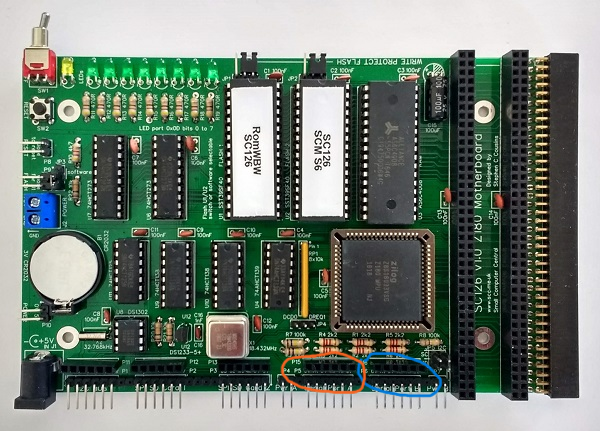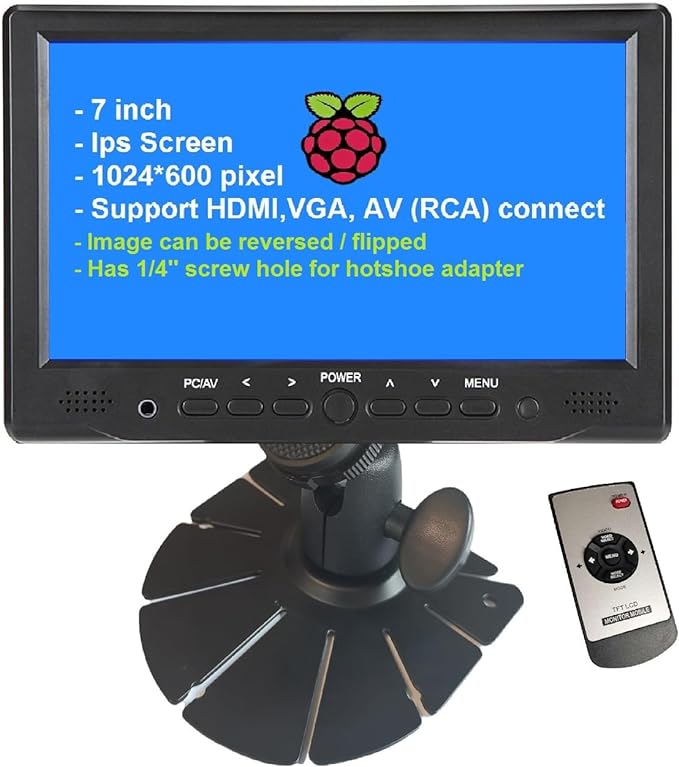I once owned a Roland JV-1010 sound module. I bought it in 1999 to go along with my FP-9 Stage Piano (which I still use in my home studio). I really loved the sounds on the JV-1010, so last year, I decided I wanted to start using those sounds again. However, the price of the JV-1010 was really close to the price of the JV-2080, so I just got that instead. I really wanted to get something that fit into a rack without a shelf.
[Read More]Articles
How to Fix Paused Printer on Mac
I’ve been having difficulty getting my Mac connected to a wireless printer. No matter how I configured it, it would always enter paused mode whenever I printed a document.
It turns out that all I had to do was connect to it via IP address on the Add Printer dialog. To get the IP address, first attach to the printer using AirPrint. Then, you can look at the printer’s webpage and get the IP address from there. Then, simply remove the printer and re-add it, using the IP address instead of the AirPlay option.
Music Setup Part 3
I’ve written a few posts on my musical instrument setup. I’ve learned that it isn’t as easy as I thought it would be. There are so many variables that it makes it hard to land on any one configuration.
Currently, I am making my setup focused on the hardware, not the computer. However, I have the computer connected to a Scarlett 2i2, which is connected to my 18i8 audio interface that’s connected directly to the MPC.
[Read More]Music Hardware Setup Pt. 2
After working with the setup from my previous post, I ran into issues with the dawless abilities. I’ve created a new setup that involves keeping the computer in the loop, so I can add VSTs and other benefits.
I decided to connect the Scarlett 18i8 to the computer so I can still have sound coming from the computer. I then plugged the Mixer and MPC into it so I could record in my DAW. I decided that a pure DAWless setup isn’t really what I’m looking for. I actually like to use the daw along with my hardware. The idea that you have to pick one over the other is a misconception. It seems implied that if you go “DAWless”, then you must not use a computer.
[Read More]Bridging the DAWless gap with Ableton Link
I have been working diligently to find the perfect hardware setup that will allow me to just sit down and jam out, recording the “performance” in case something good comes out of it. My “eureka” moment was when I was sitting there with two separate clocks running thinking, “How do I synchronize all of this and make it all work together?” That’s when I remembered that the MPC and Bitwig Studio both support Ableton Link.
[Read More]Lunetta 1
About seven or eight years ago, I started down a path to create my own synthesizer using discrete electronic parts like CMOS chips, resistors, capacitors, and the like. Early on, I discovered the “Lunetta” synthesizer, made from 40106 CMOS chips. By hooking them up a certain way, you can achieve a square wave. This was a lot of fun.
Unfortunately, I got distracted by more capable machines like the Arduino and various FPGAs along the way, so my adventures were short-lived. I have been suffering from analysis paralysis and haven’t done much to play around with CMOS synthesizers.
[Read More]Using Xmodem to Transfer Files to Retro Computer
My retro computer is an SC126 designed by Stephen C. Cousins. It has two serial ports. I am using 1 serial port to interface with my retro amber monitor. That leaves the second one open to use as a way to transfer programs and data from my laptop to the retro computer.

The port circled in orange is the primary serial port. I have mine plugged into the amber terminal. The one outlined in blue is used to communicate with the PC. It has a USB to Serial adapter on it.
[Read More]VGA on an FPGA
I have been working with my FPGA boards to attempt to display a test pattern on a VGA monitor. For my experiments, I bought a small VGA monitor*. It has a VGA input, as well as a HDMI input, so I can use it with all of my FPGAs, since the Zybo only has HDMI ports.

Hardware
I am using my Mercury 2 with the Mercury baseboard attachment, as it has a VGA port on it. I will also attempt to get it working on my Nexys A7*.
[Read More]Custom ROM WBW
I am a big fan of retro homebrew computers. I have a few kits that I ordered from Tindie.com based on the RC2014 model (SC126). To keep it completely retro, I bought a classic amber terminal so I could have that classic user experience. After a few hours of troubleshooting, I determined that the default baud rate on the computer (115,200) was too fast for the terminal. I had to find a way to slow it down.
[Read More]Vga on an Fpga
I spent the evening fiddling with my Mercury 2 FPGA. I also have the Mercury Baseboard that has a VGA port (among other ports) broken out. I connected it to my monitor and started to figure out how to make it draw something. Anything would do, so I went searching for a VGA on an FPGA project that I could follow.
I found one here. I had to make slight modifications to it to make it work with the Mercury 2. It was fairly easy to do in Vivado. The main changes were to use the Mercury Baseboard constrints file instead of the one from the Mercury 2. That ensured that the onboard peripherals would be mapped correctly.
[Read More]